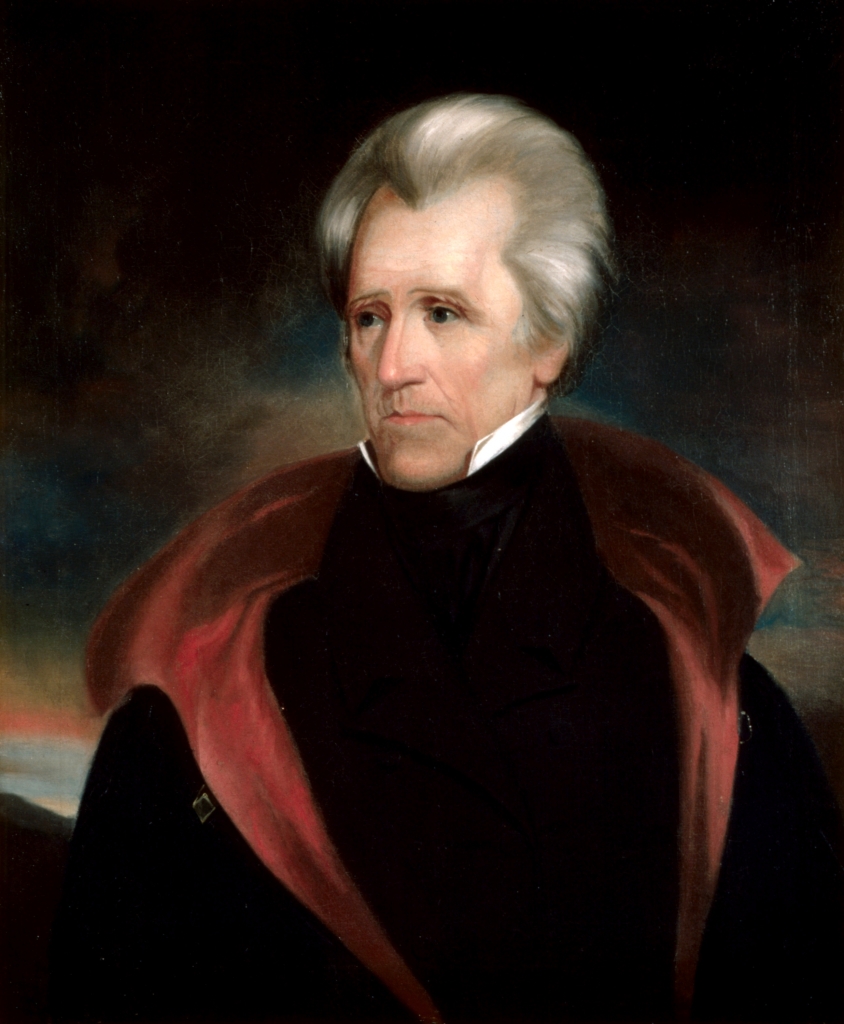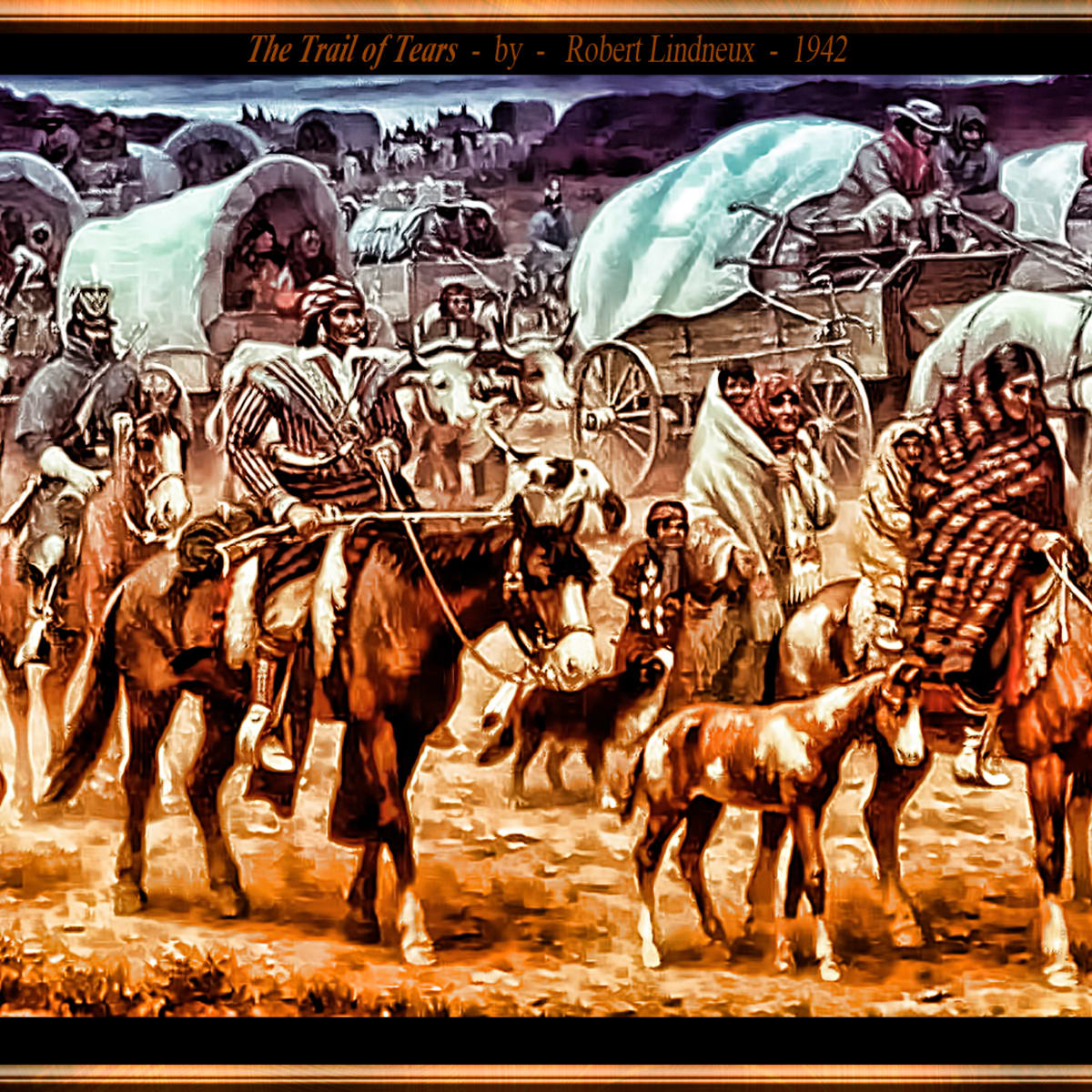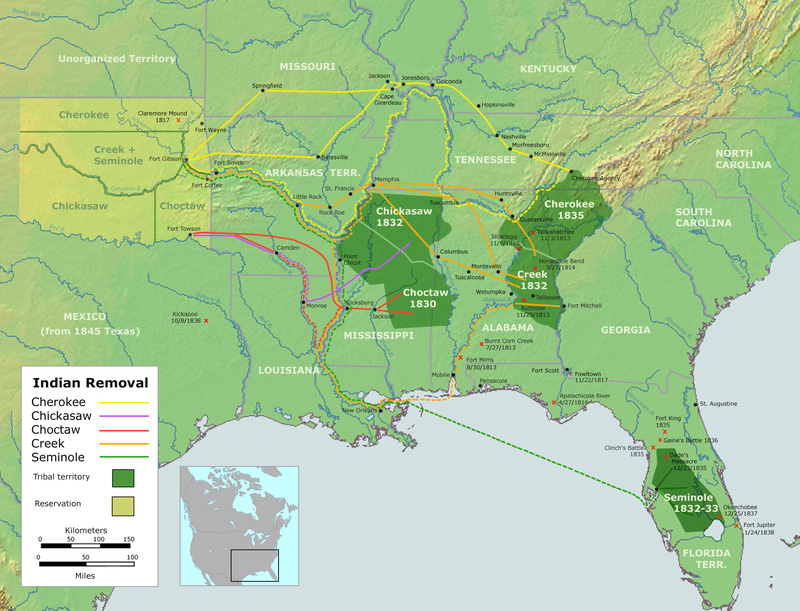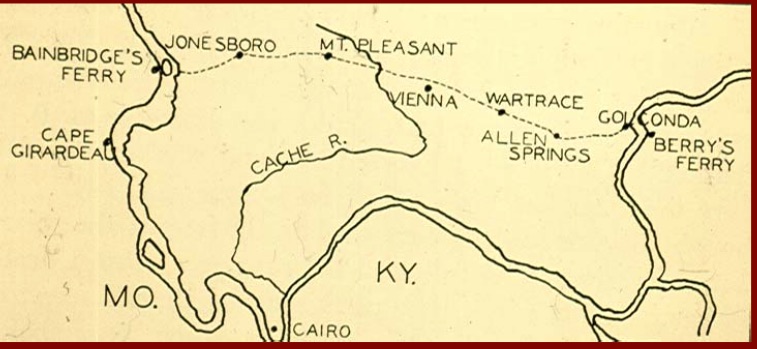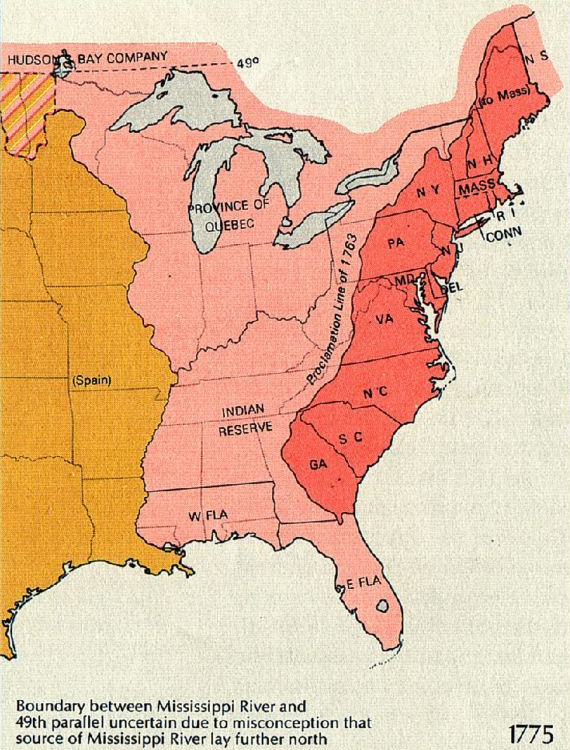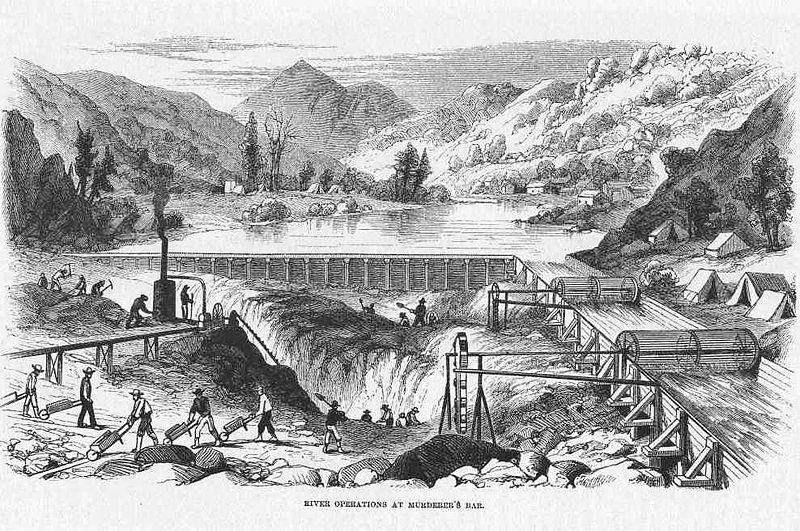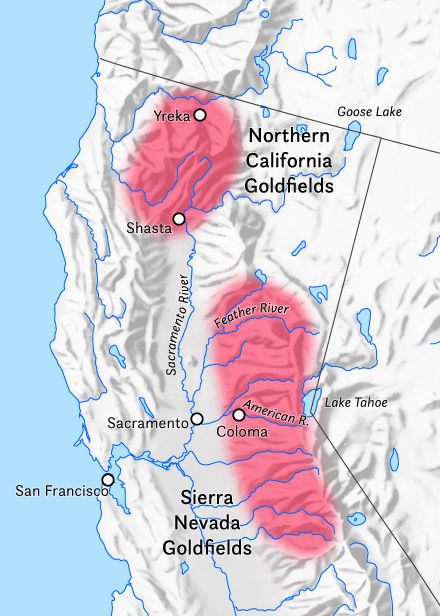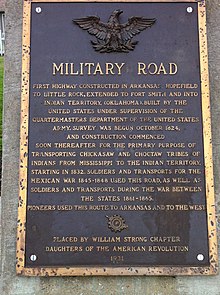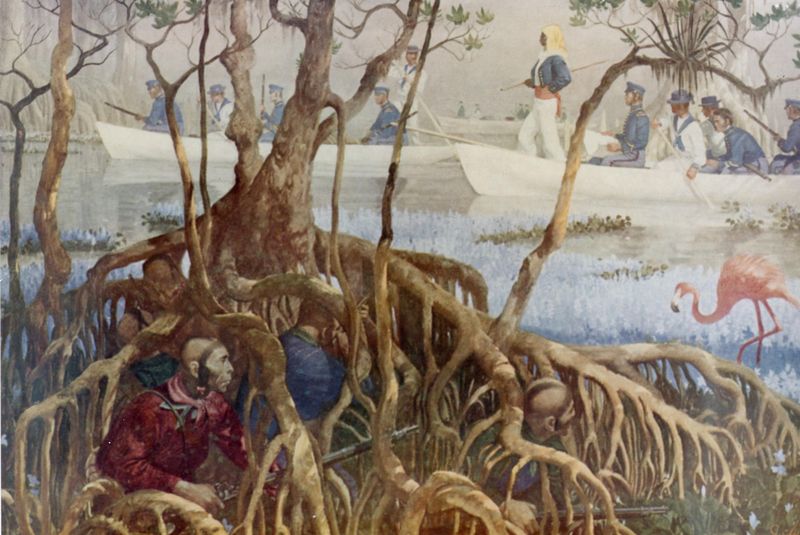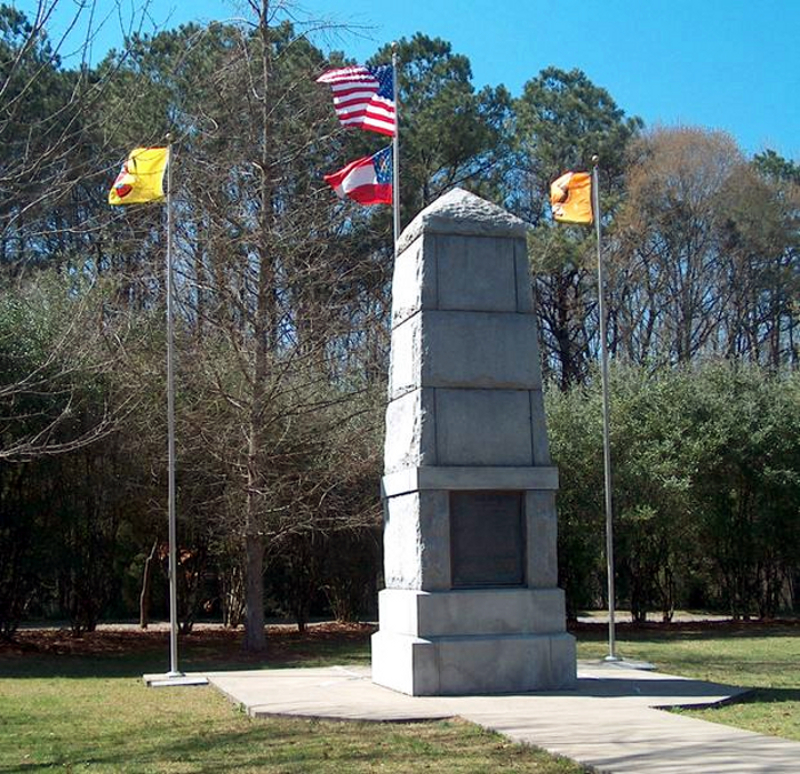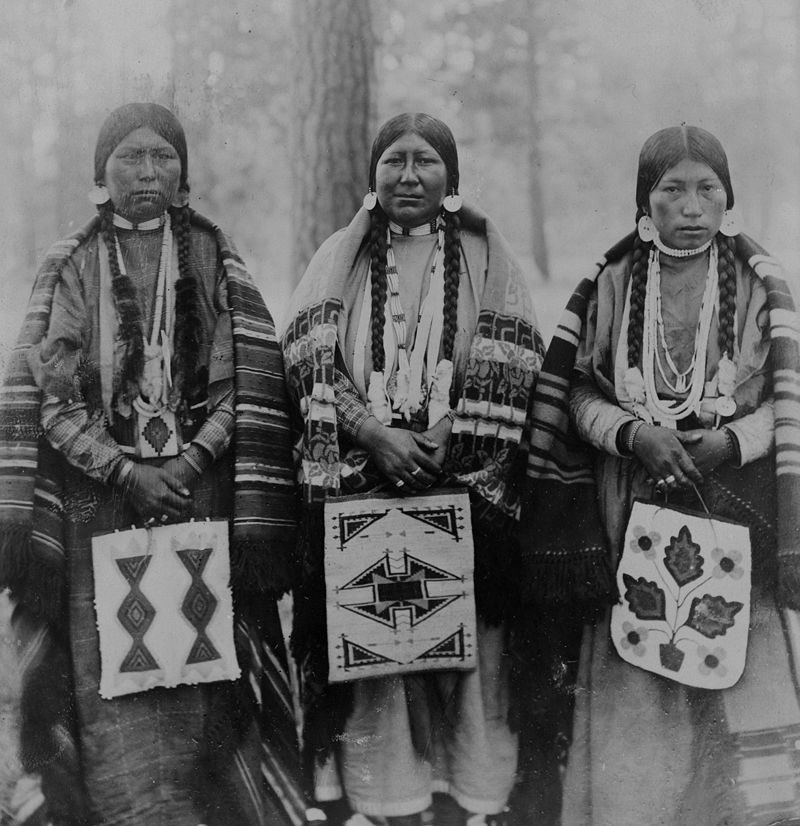Trail of Tears – US History
The Trail of Tears is the name given to the route taken by Native Americans when they were forced out of their homes by the Indian Removal Act in 1830.
President Andrew Jackson decided that Native Americans should be forced to leave.
The name Trail of Tears refers to a Cherokee word for the trail because many lost their lives on this long journey.
It is thought that over 100,000 indigenous people were forced out of their homes in the Southeast United States. This era is sometimes referred to as the Removal Era.
Around 15,00 people died on this very difficult journey.
The trail stretched 5,045 miles across nine states, including:
-
- Georgia
- Illinois
- Kentucky
- Missouri
- North Carolina
- Oklahoma
- Tennessee
Why were Native Americans forced from their homes?
The main reason these people were forced out was through greed. The British Proclamation of 1763 drew out “Indian Territory” where Native Americans were supposed to live.
This land was supposed to be protected and it was agreed at the time that Native Americans would live here undisturbed.
In any case, the British and then the U.S. government ignored the rules. People continued to find land there and hunt around for ways to make money.
The situation took a turn for the worse when people heard there was gold on Native American land. This caused what was called a “gold rush.”
The Gold Rush
In 1829, a gold rush happened on Cherokee land in Georgia. This was not a small amount of gold that was found. It was enough to make prospectors (those looking to make money) go crazy.
On average, in Georgia, the gold mines could produce around 300 ounces of gold per day.
That is enough to make around 850 big gold necklaces. The price of gold changes all the time but today, it would be around $510,000 worth of gold per day.
By rights, according to the British Proclamation, this gold was on Native American soil but that is not how greedy prospectors saw it.
The president himself was a keen speculator so he did not hesitate to pass the Indian Removal Act in 1830.
Did Native Americans want to move?
Some Native Americans were in a position to negotiate with the government and get some money for their losses.
However, neither the government nor the people moving knew that the journey itself would lead to such a loss of life. People died through hunger, disease or just exhaustion.
The Chickasaw people were fed up waiting for the government, so they managed to sell off their land privately and pay for their own transportation.
They suffered slightly less than other groups when they travelled in 1837.
The Creek people agreed to move in 1832 but many Europeans moved in early. This caused conflict and lots of troubles so they did not move until 1836.
The Seminoles did make some agreements but many members of the community protested. They believed that the people signing the agreements did not represent them.
This led to a conflict known as the Seminole War between 1835 and 1842.
The Cherokee also resisted removal but did so through legal means. They had to take on the state in famous cases, such as the Cherokee Nation vs. Georgia in 1831.
The U.S. Supreme Court ruled against the Native Americans. Then, Cherokee leaders negotiated deals.
These deals did not suit a lot of Cherokee people, who thought the deal was unfair. Some moved voluntarily, not realising that their property rights would not be respected.
In 1838, many of the Cherokee were forced out, some were held at gun point.
The Cherokee fared badly from these events. Before making the long journey, they were imprisoned in internment camps. Many Cherokee people became ill before the journey even began.
A tragic event, remembered today
It was decided in 1987 that this event should be remembered by the U.S. Congress. The Trail of Tears became a National Historic Trail to remember those who had lost their lives.
Quiz Time
Why did Native Americans have to go on the Trail of Tears?
How long was the Trail?
What were people mining for on Native American land?
How much gold was mined per day in the goldmine?
When was the Indian Removal Act passed?

